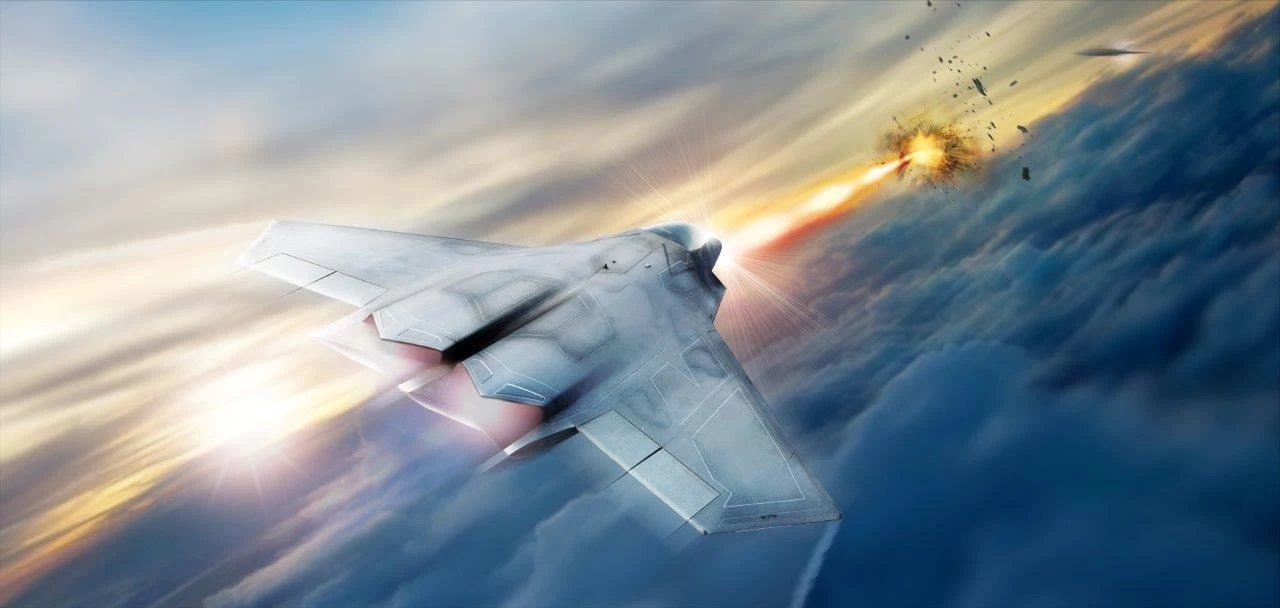In a move that could revolutionize aerial combat, the US Air Force Research Lab (AFRL) has awarded Lockheed Martin a US$26.3 million contract to design, develop, and produce a high-power laser weapon that the AFRL wants to install and test on a tactical fighter jet by 2021. The new test weapon is part of the AFRL Self-protect High Energy Laser Demonstrator (SHiELD) program tasked with developing airborne laser systems.
Airborne laser weapons are nothing new. Experimental lasers mounted on aircraft date back to the US Strategic Defense Initiative of the 1980s, but producing a practical weapon system has proven difficult. Previous attempts have resulted in dodgy chemical laser weapons so bulky that they had to be mounted in a 747, but the development of solid state fiber optic lasers is starting to change the game.
Earlier this year, Lockheed's ground-based ATHENA system shot down five 10.8-ft (3.3-m) wingspan Outlaw drones by focusing its 30-kW Accelerated Laser Demonstration Initiative (ALADIN) laser at their stern control surfaces until they burned off, sending them crashing into the desert floor. These compact lasers consist of fiber laser modules where the active gain medium is made of an optical fiber doped with a rare-earth element like erbium, ytterbium, or neodymium. The optical fibers are flexible, so the laser can be thousands of meters long while taking up very little space.
For the SHiELD program, the airborne laser is made up of the SHiELD Turret Research in Aero Effects (STRAFE) beam control system that directs the laser to the target, the Laser Pod Research & Development (LPRD) mounting pod to power and cool the laser, and the Laser Advancements for Next-generation Compact Environments (LANCE) high energy laser itself. Together, they are designed to produce a compact, high-efficiency laser system that meets the required size, weight, and power constraints of a fighter aircraft.
"Earlier this year, we delivered a 60 kW-class laser to be installed on a U.S. Army ground vehicle,' says Dr Rob Afzal, senior fellow of laser weapon systems at Lockheed Martin. "It's a completely new and different challenge to get a laser system into a smaller, airborne test platform. It's exciting to see this technology mature enough to embed in an aircraft. The development of high power laser systems like SHiELD show laser weapon system technologies are becoming real. The technologies are ready to be produced, tested and deployed on aircraft, ground vehicles and ships."
Source: Lockheed Martin





